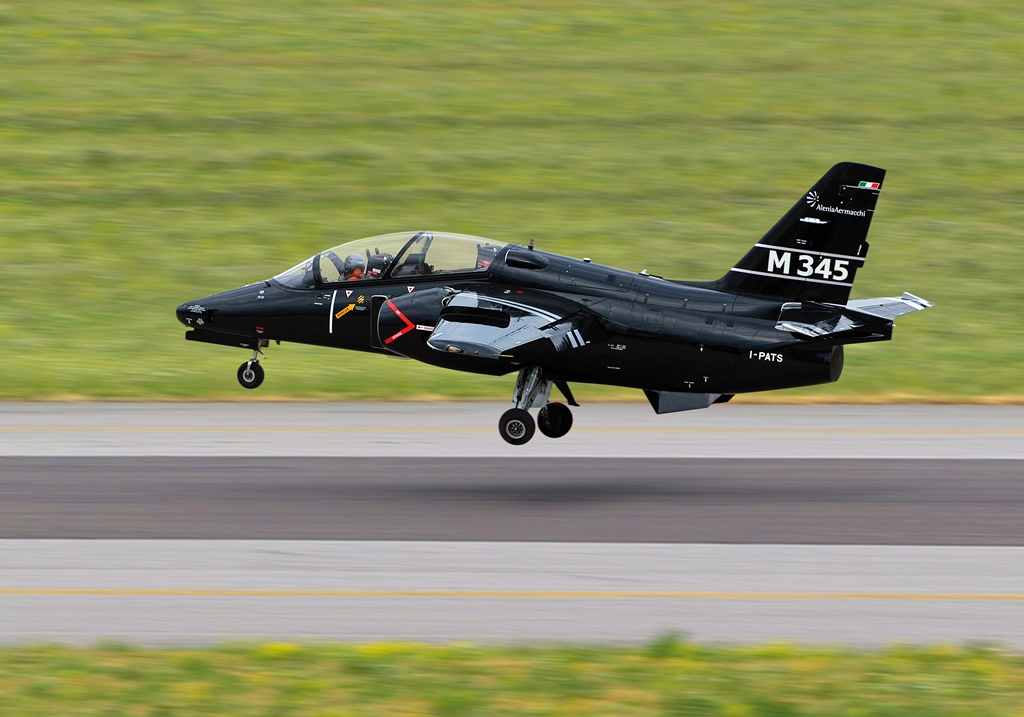
Business
Honeywell Technology Keeps Pilots Of New Trainer Jets Safe And Comfortable
Honeywell Aerospace (NYSE: HON) has signed a deal to provide its Environmental Control Systems and Cabin Pressure Control Systems for Alenia Aermacchis lightweight, new M-345 High Efficiency Trainer jets, due to enter service in 2018.
Designed for aircraft cooling, cockpit pressurization and temperature control, Honeywells Environmental Control Systems (ECS) and Cabin Pressure Control Systems (CPCS) will help keep pilots comfortable and safe while performing high-demand maneuvers in the new M-345 trainer. Compared with competing technology, Honeywells Air Cycle ECS typically weigh 20 percent less and are easier to support in the aftermarket since they do not contain liquid refrigerant. As a result, this eliminates the risk of leaking as well as the need to refill the system or drain it for repair purposes.
This deal represents a significant milestone for Honeywell and Alenia Aermacchi, broadening our strategic relationship and providing considerable benefits for pilots and owners of the new M-345, said Steve Lien, vice president, Defense and Space International, Honeywell Aerospace. By transferring Honeywells technology from the existing M-346, we are helping Alenia Aermacchi save time and cut costs, and keep pilots safe and comfortable.
For the M-345, Honeywell was able to transfer 16 common components of both the ECS and the CPCS from the existing Alenia Aermacchi M-346, drastically reducing the number of new parts required for the M-345. In turn, this benefits Alenia Aermacchi and customers with minimized technical risk, lower logistics support time and reduced costs due to common spare parts between both platforms.
M-345 High Efficiency Trainer
The M-345 High Efficiency Trainer (HET) is the latest military pilot trainer aircraft from Alenia Aermacchi. Aimed at the basic through advanced phases of training, the design was launched officially in February 2014. Based on the M-311 demonstrator, the M-345 trainer is cost-effective and offers low acquisition and life-cycle costs in comparison to heavyweight turboprop trainers.
📢
Advertisement Space
750x200 pixels
Click to book this space
Comments (0)
Please log in to post a comment
Login to CommentNo comments yet. Be the first to share your thoughts!